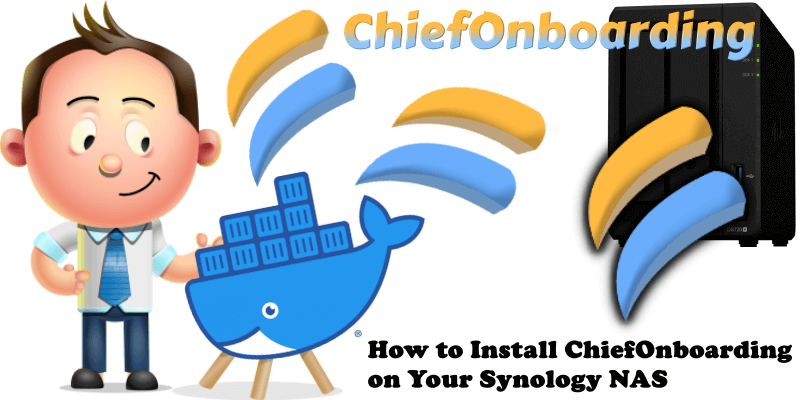
ChiefOnboarding is a free and open source employee onboarding platform. You can onboarding new hires through Slack or the dashboard. In this step by step guide I will show you how to install ChiefOnboarding on your Synology NAS using Docker.
STEP 1
Please Support My work by Making a Donation.
STEP 2
Install Portainer using my step by step guide. If you already have Portainer installed on your Synology NAS, skip this STEP. Attention: Make sure you have installed the latest Portainer version.
STEP 3
Make sure you have a synology.me Wildcard Certificate. Follow my guide to get a Wildcard Certificate. If you already have a synology.me Wildcard certificate, skip this STEP.
STEP 4
Go to Control Panel / Login Portal / Advanced Tab / click Reverse Proxy. Follow the instructions in the image below.
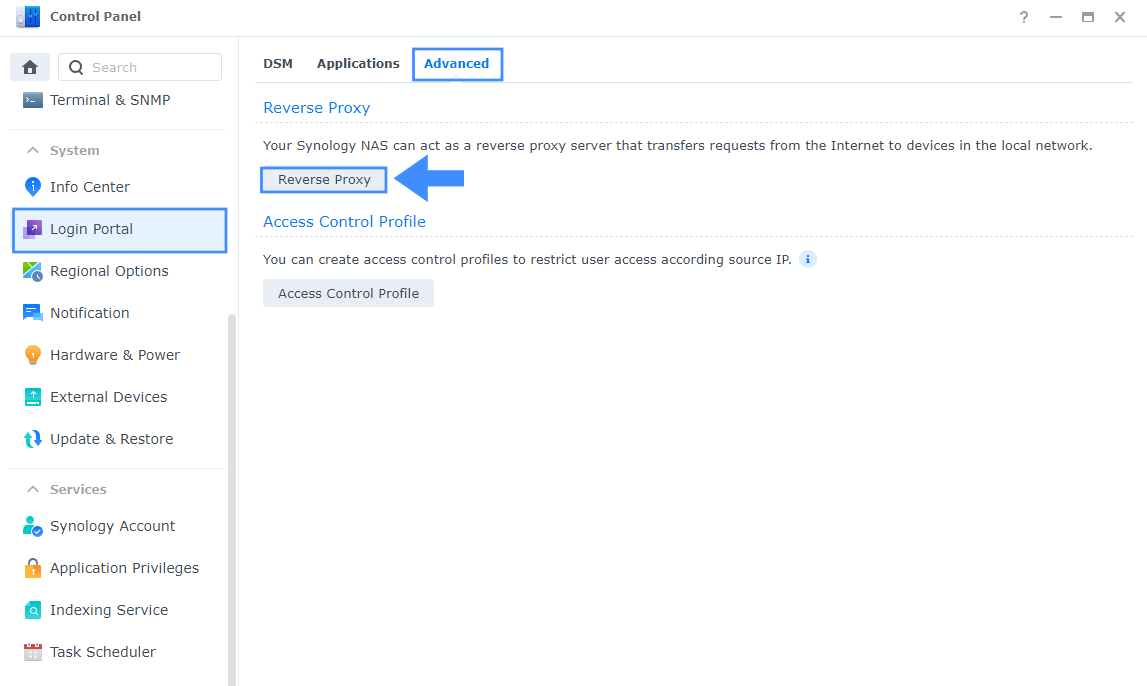
STEP 5
Now click the “Create” button. Follow the instructions in the image below.
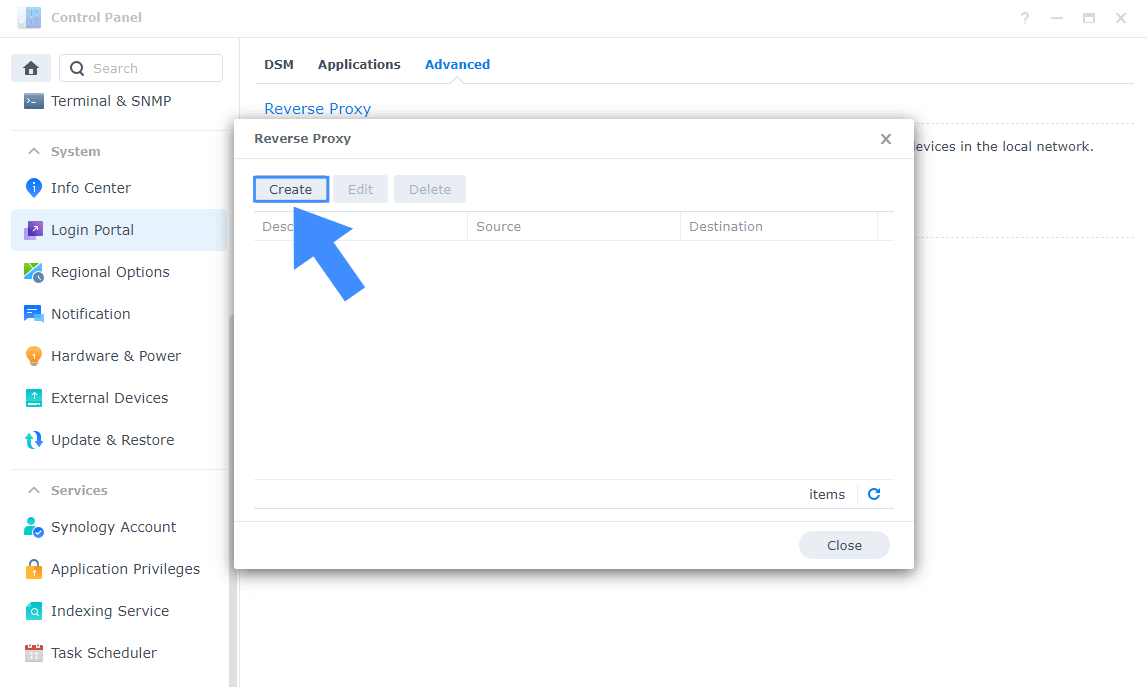
STEP 6
After you click the Create button, the window below will open. Follow the instructions in the image below.
On the General area, set the Reverse Proxy Name description: type in ChiefOnboarding. After that, add the following instructions:
Source:
Protocol: HTTPS
Hostname: onboarding.yourname.synology.me
Port: 443
Check Enable HSTS
Destination:
Protocol: HTTP
Hostname: localhost
Port: 9810
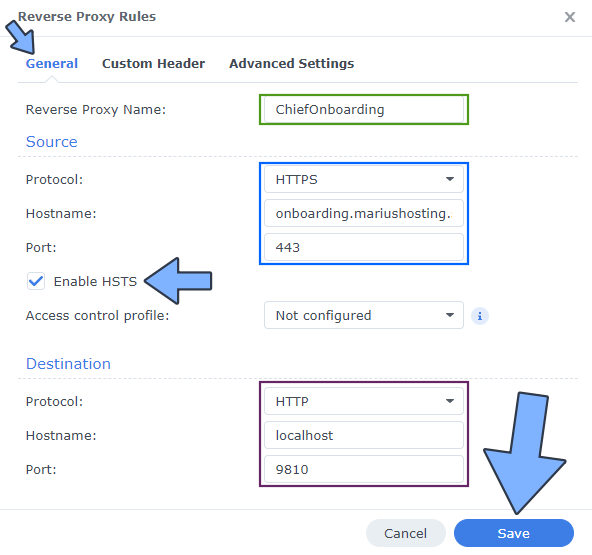
STEP 7
On the Reverse Proxy Rules click the Custom Header tab. Click Create and then, from the drop-down menu, click WebSocket. After you click on WebSocket, two Header Names and two Values will be automatically added. Click Save. Follow the instructions in the image below.

STEP 8
Go to Control Panel / Network / Connectivity tab/ Check Enable HTTP/2 then click Apply. Follow the instructions in the image below.
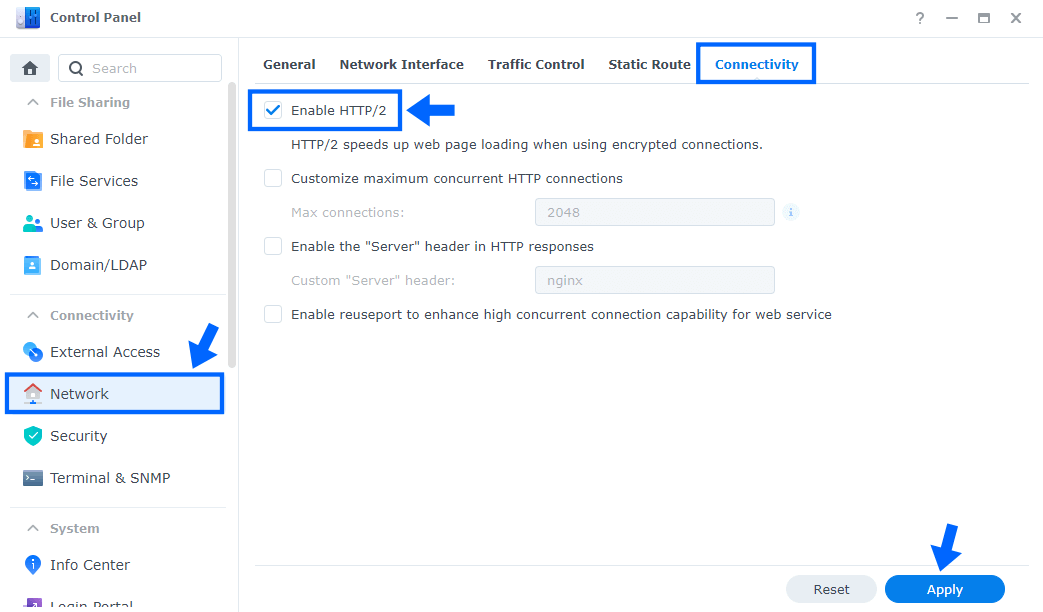
STEP 9
Go to Control Panel / Security / Advanced tab/ Check Enable HTTP Compression then click Apply. Follow the instructions in the image below.
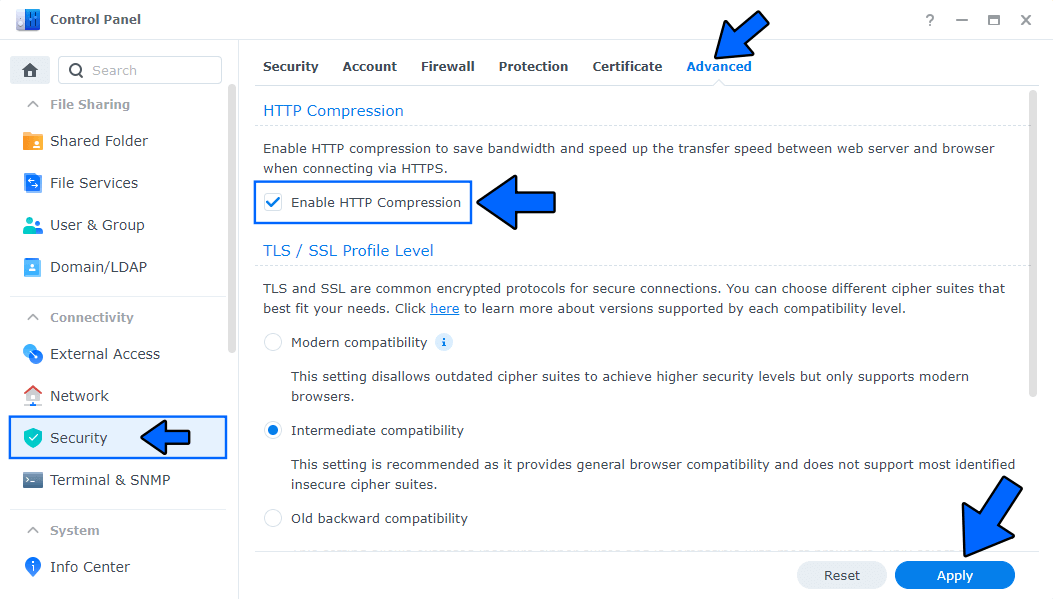
STEP 10
Go to File Station and open the docker folder. Inside the docker folder, create one new folder and name it chiefonboardingdb. Follow the instructions in the image below.
Note: Be careful to enter only lowercase, not uppercase letters.
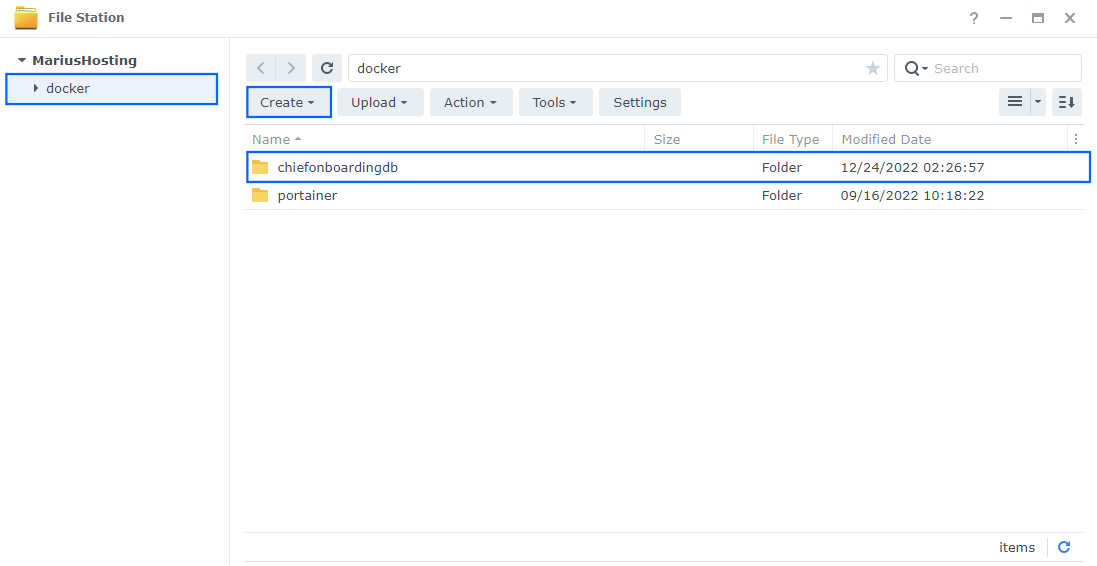
STEP 11
Log into Portainer using your username and password. On the left sidebar in Portainer, click on Stacks then + Add stack. Follow the instructions in the image below.
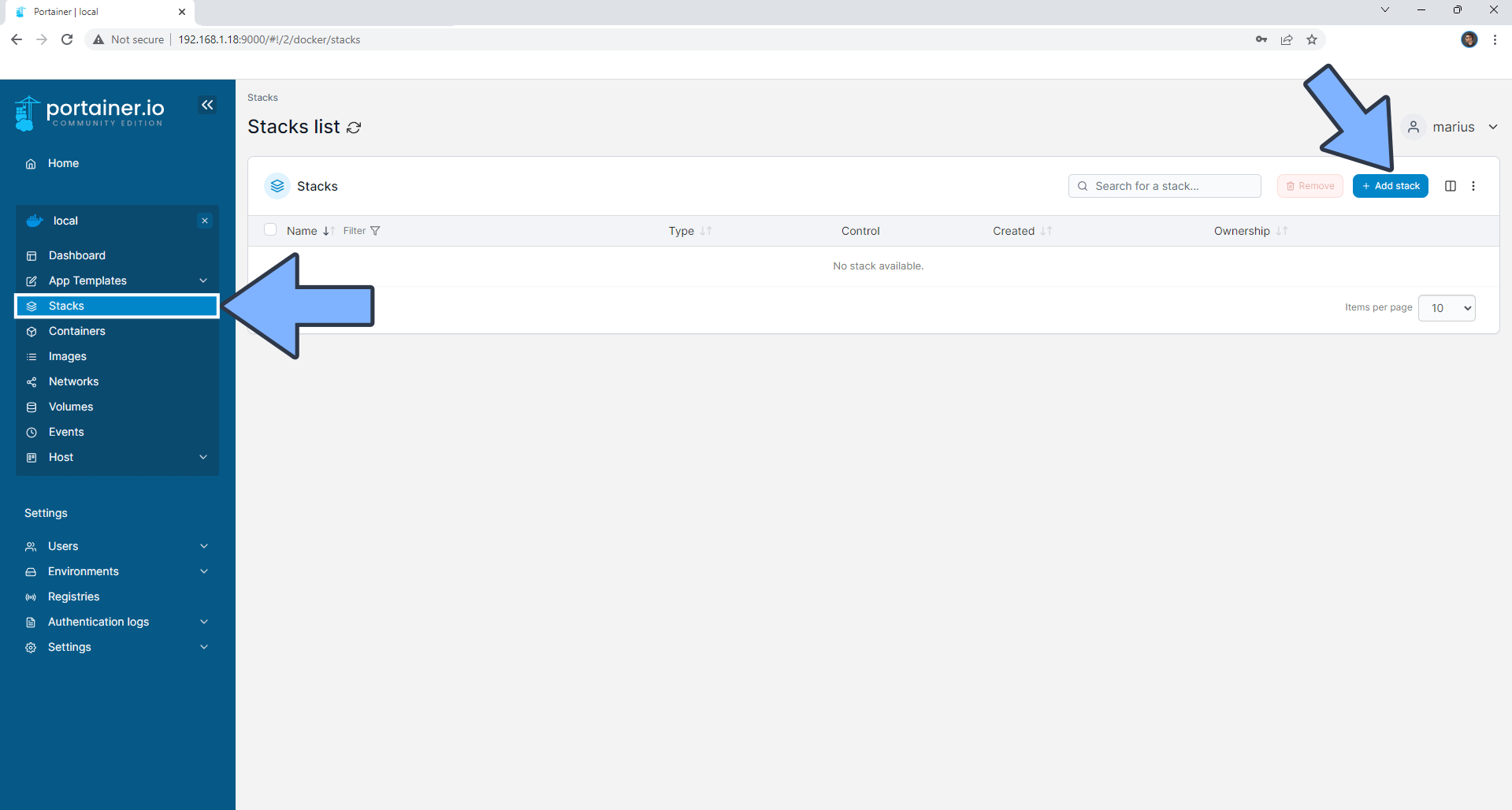
STEP 12
In the Name field type in chiefonboarding. Follow the instructions in the image below.
services:
db:
image: postgres:16
container_name: ChiefOnboarding-DB
hostname: chiefonboarding-db
security_opt:
- no-new-privileges:true
healthcheck:
test: ["CMD", "pg_isready", "-q", "-d", "chiefonboarding", "-U", "chiefuser"]
timeout: 45s
interval: 10s
retries: 10
volumes:
- /volume1/docker/chiefonboardingdb:/var/lib/postgresql/data:rw
environment:
- POSTGRES_DB=chiefonboarding
- POSTGRES_USER=chiefuser
- POSTGRES_PASSWORD=chiefpass
restart: on-failure:5
app:
image: chiefonboarding/chiefonboarding:latest
container_name: ChiefOnboarding
hostname: chiefonboarding
security_opt:
- no-new-privileges:true
healthcheck:
test: wget --no-verbose --tries=1 --spider http://localhost:8000/health || exit 1
ports:
- 9810:8000
environment:
- SECRET_KEY=MariushostingMariushostingMari13
- DATABASE_URL=postgres://chiefuser:chiefpass@chiefonboarding-db:5432/chiefonboarding
- ALLOWED_HOSTS=192.168.1.18,onboarding.yourname.synology.me
- ACCOUNT_EMAIL=Your-own-email-address
- ACCOUNT_PASSWORD=mariushosting
#- EMAIL_HOST=smtp.gmail.com
#- EMAIL_PORT=587
#- EMAIL_HOST_USER=Your-own-gmail-address
#- EMAIL_HOST_PASSWORD=Your-own-app-password
#- EMAIL_USE_TLS=True
#- EMAIL_USE_SSL=False
restart: on-failure:5
depends_on:
db:
condition: service_started
Note: Before you paste the code above in the Web editor area below, change the value for SECRET_KEY and add your own SECRET KEY. MariushostingMariushostingMari13 is an example for a SECRET_KEY. You should invent your own Value. Add 32 random characters, both letters and numbers.
Note: Before you paste the code above in the Web editor area below, change the value for ALLOWED_HOSTS and type in your own local NAS IP and your own synology.me DDNS without https:// at the beginning that you have previously created at STEP 6. The local NAS IP and DDNS are separated by a comma.
Note: Before you paste the code above in the Web editor area below, change the value for ACCOUNT_EMAIL and type in your own email.
Note: Before you paste the code above in the Web editor area below, change the value for ACCOUNT_PASSWORD and type in your own password. mariushosting is an example for a password. You have to insert your own password.
Note: If you want, you can also add your own SMTP email details by removing all the # in the code above. If you don’t have SMTP details, then leave the code as it is with the #. (Follow my guide on how to Activate Gmail SMTP For Docker Containers.)
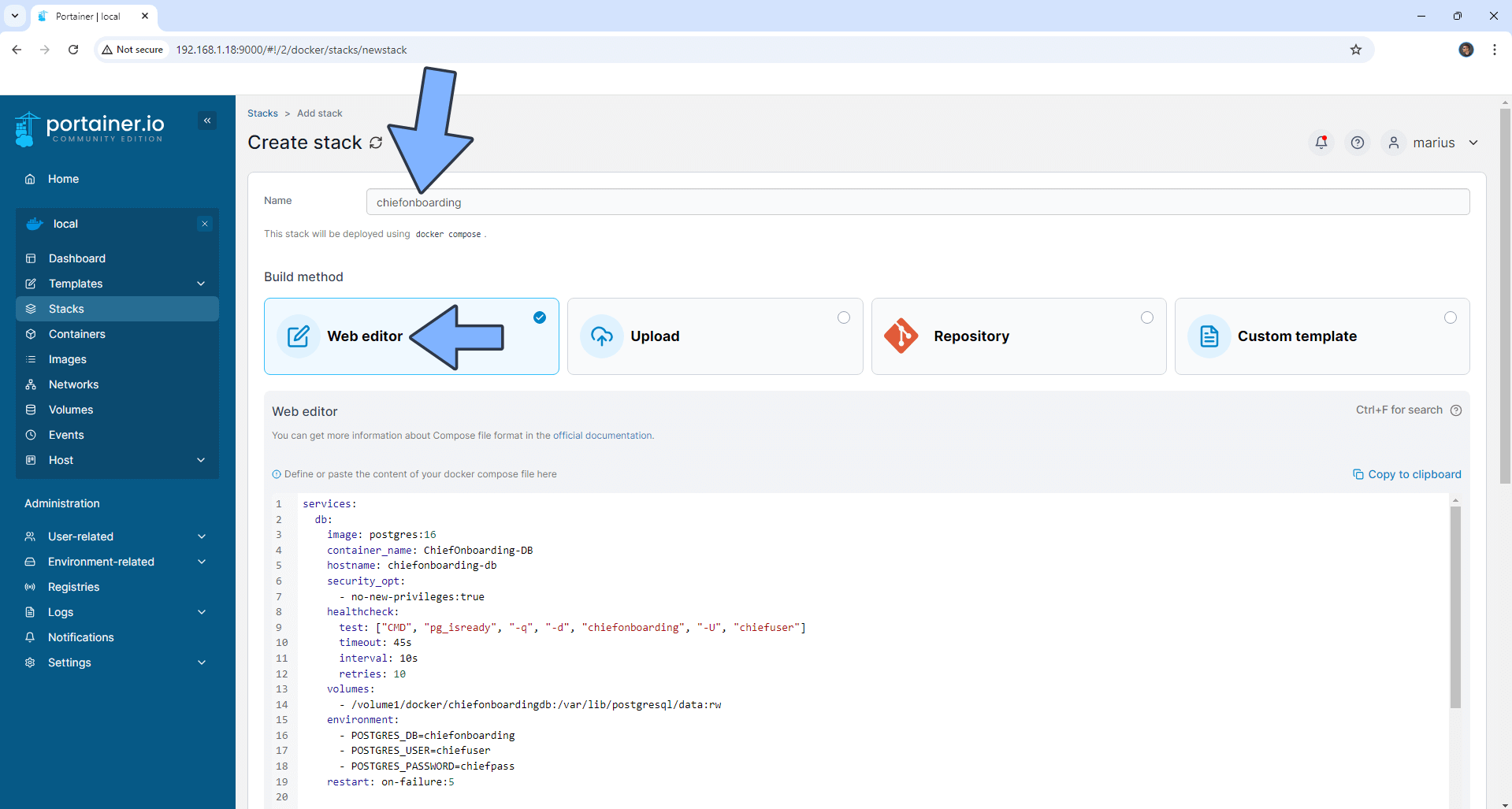
STEP 13
Scroll down on the page until you see a button named Deploy the stack. Click on it. Follow the instructions in the image below. The installation process can take up to a few minutes. It will depend on your Internet speed connection.
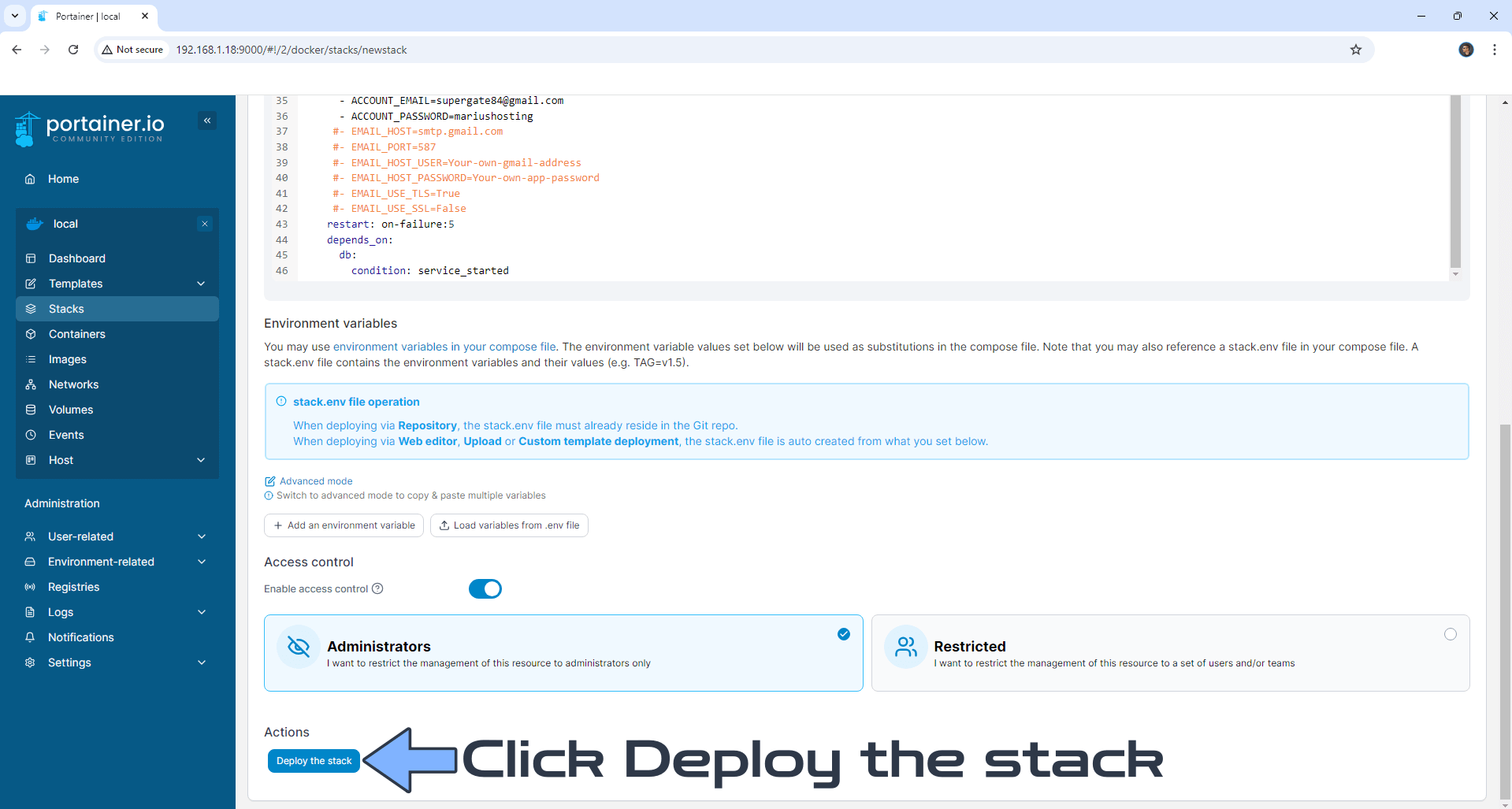
STEP 14
If everything goes right, you will see the following message at the top right of your screen: “Success Stack successfully deployed“.
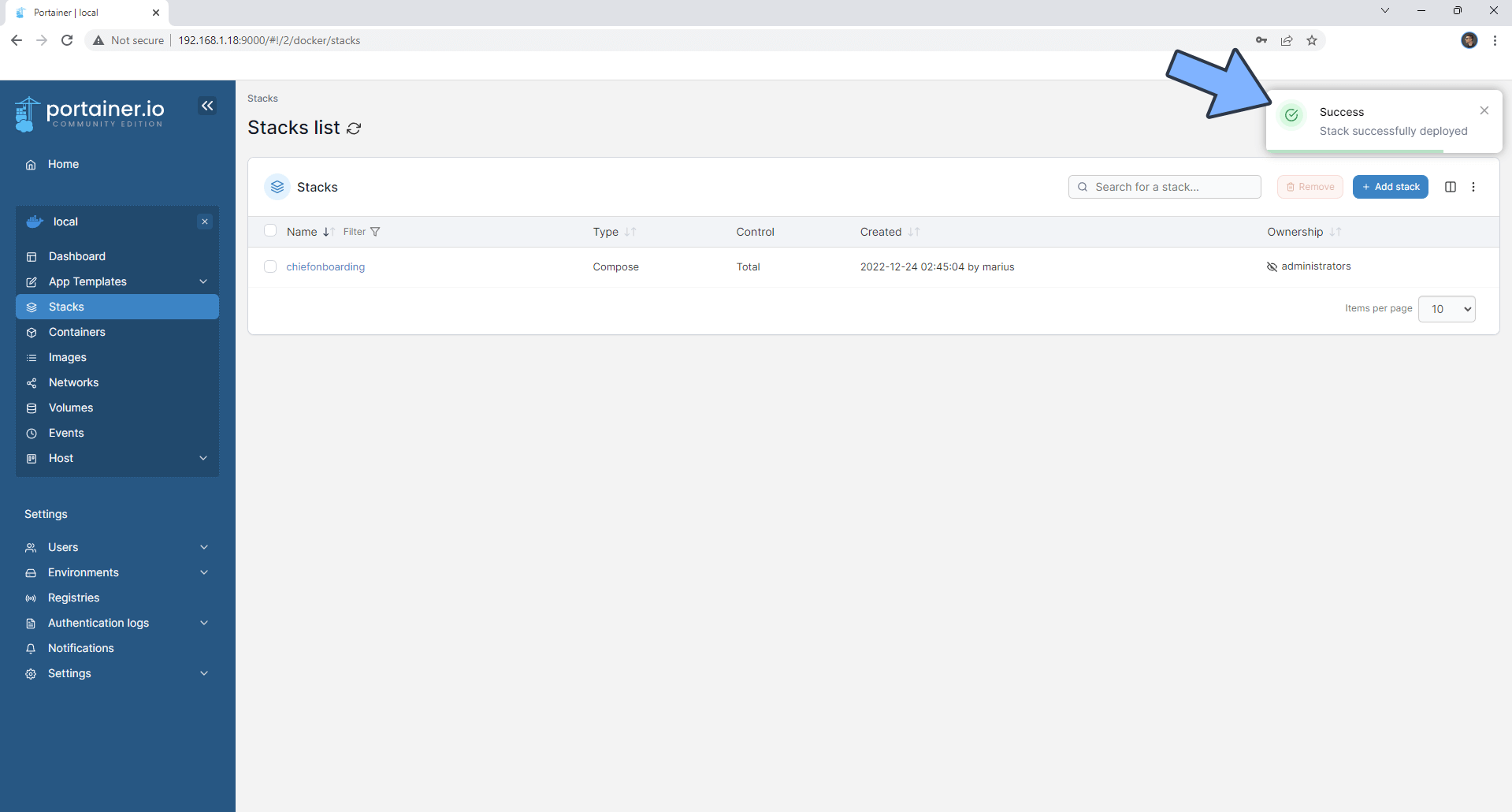
STEP 15
🟢Please Support My work by Making a Donation. Almost 99,9% of the people that install something using my guides forget to support my work, or just ignore STEP 1. I’ve been very honest about this aspect of my work since the beginning: I don’t run any ADS, I don’t require subscriptions, paid or otherwise, I don’t collect IPs, emails, and I don’t have any referral links from Amazon or other merchants. I also don’t have any POP-UPs or COOKIES. I have repeatedly been told over the years how much I have contributed to the community. It’s something I love doing and have been honest about my passion since the beginning. But I also Need The Community to Support me Back to be able to continue doing this work.
STEP 16
Now open your browser and type in your HTTPS/SSL certificate like this https://onboarding.yourname.synology.me that you have previously created at STEP 6. In my case it’s https://onboarding.mariushosting.synology.me If everything goes right, you will see the main ChiefOnboarding login page. Type in your own Email and Password that you have previously created at STEP 12. Click Login. Follow the instructions in the image below.
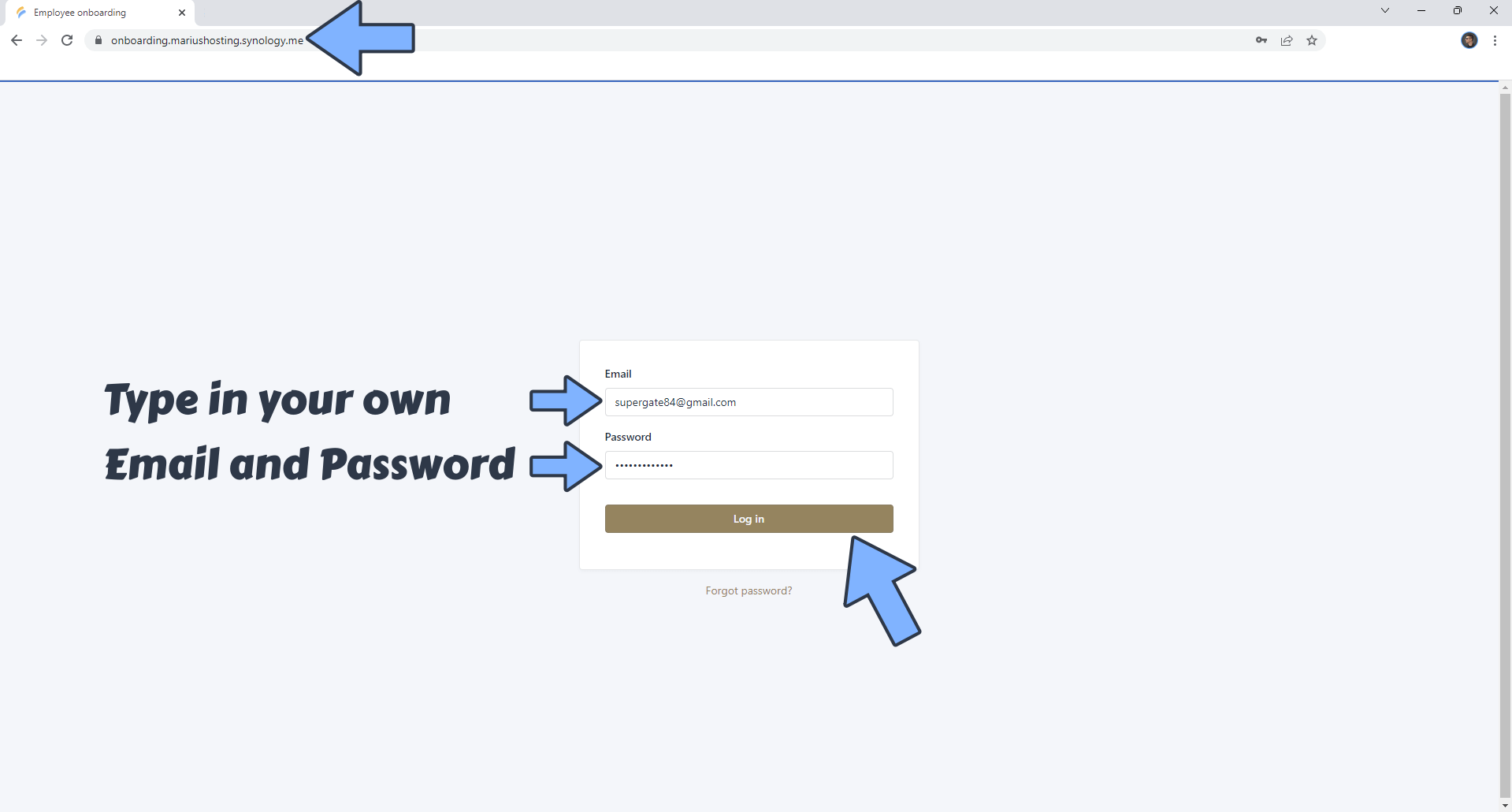
STEP 17
Change your own Profile. At the top menu on the left click People then Colleagues. Click View. Follow the instructions in the image below.
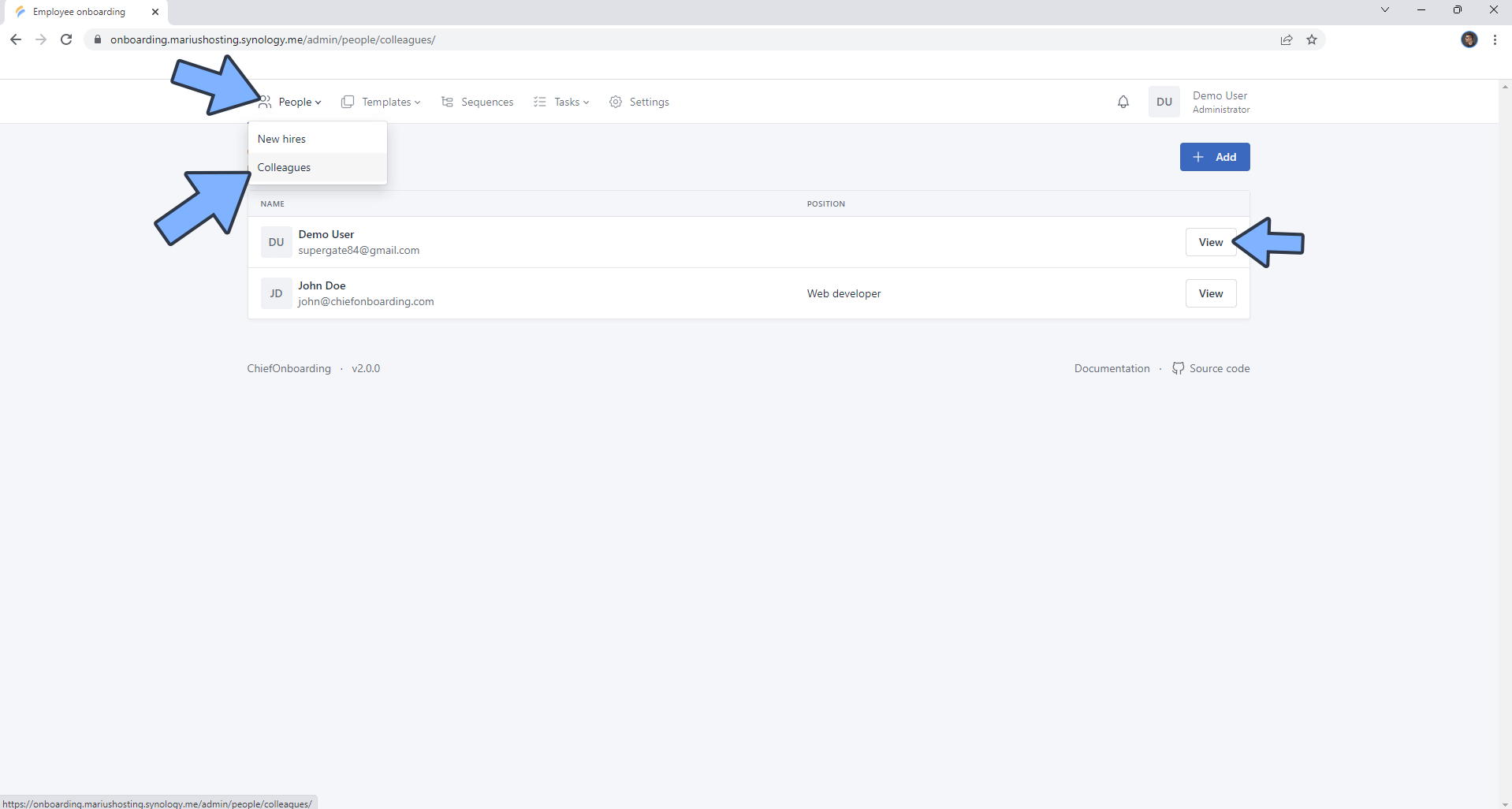
STEP 18
Add your own information then save your administrator profile. Follow the instructions in the image below.
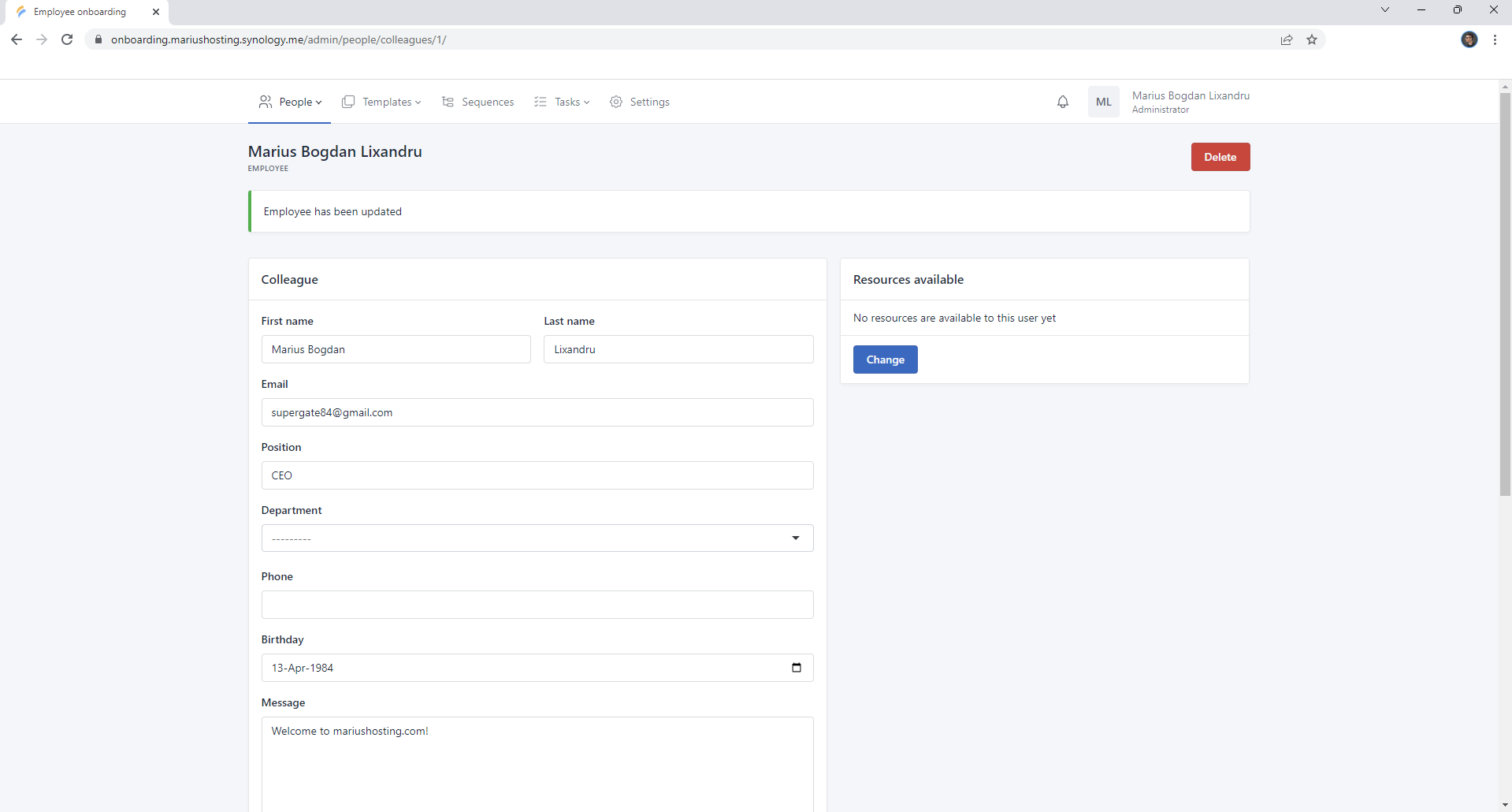
Enjoy ChiefOnboarding!
If you encounter issues by using this container, make sure to check out the Common Docker issues article.
Note: Find out how to update the ChiefOnboarding container with the latest image.
Note: How to Back Up Docker Containers on your Synology NAS.
Note: Can I run Docker on my Synology NAS? See the supported models.
Note: How to Free Disk Space on Your NAS if You Run Docker.
Note: How to Schedule Start & Stop For Docker Containers.
Note: How to Activate Email Notifications.
Note: How to Add Access Control Profile on Your NAS.
Note: How to Change Docker Containers Restart Policy.
Note: How to Use Docker Containers With VPN.
Note: Convert Docker Run Into Docker Compose.
Note: How to Clean Docker.
Note: How to Clean Docker Automatically.
Note: Best Practices When Using Docker and DDNS.
Note: Some Docker Containers Need WebSocket.
Note: Find out the Best NAS Models For Docker.
Note: Activate Gmail SMTP For Docker Containers.
